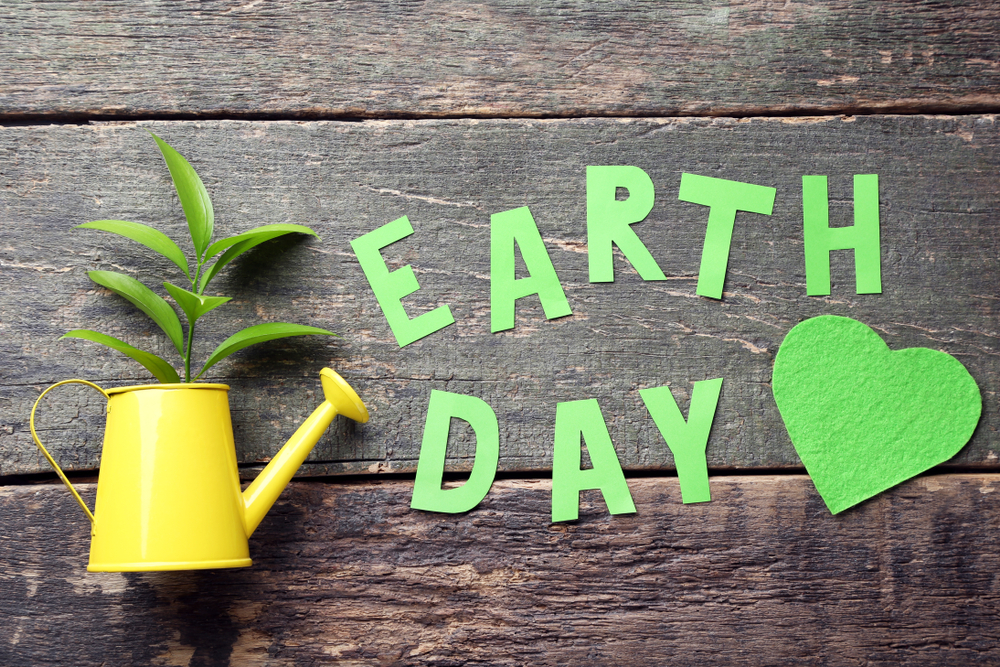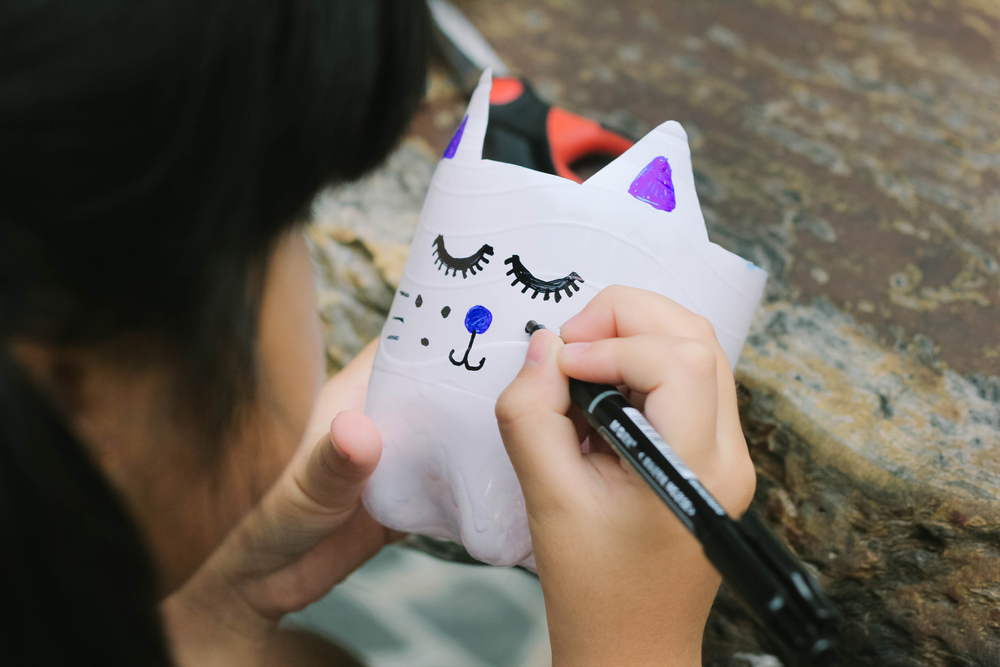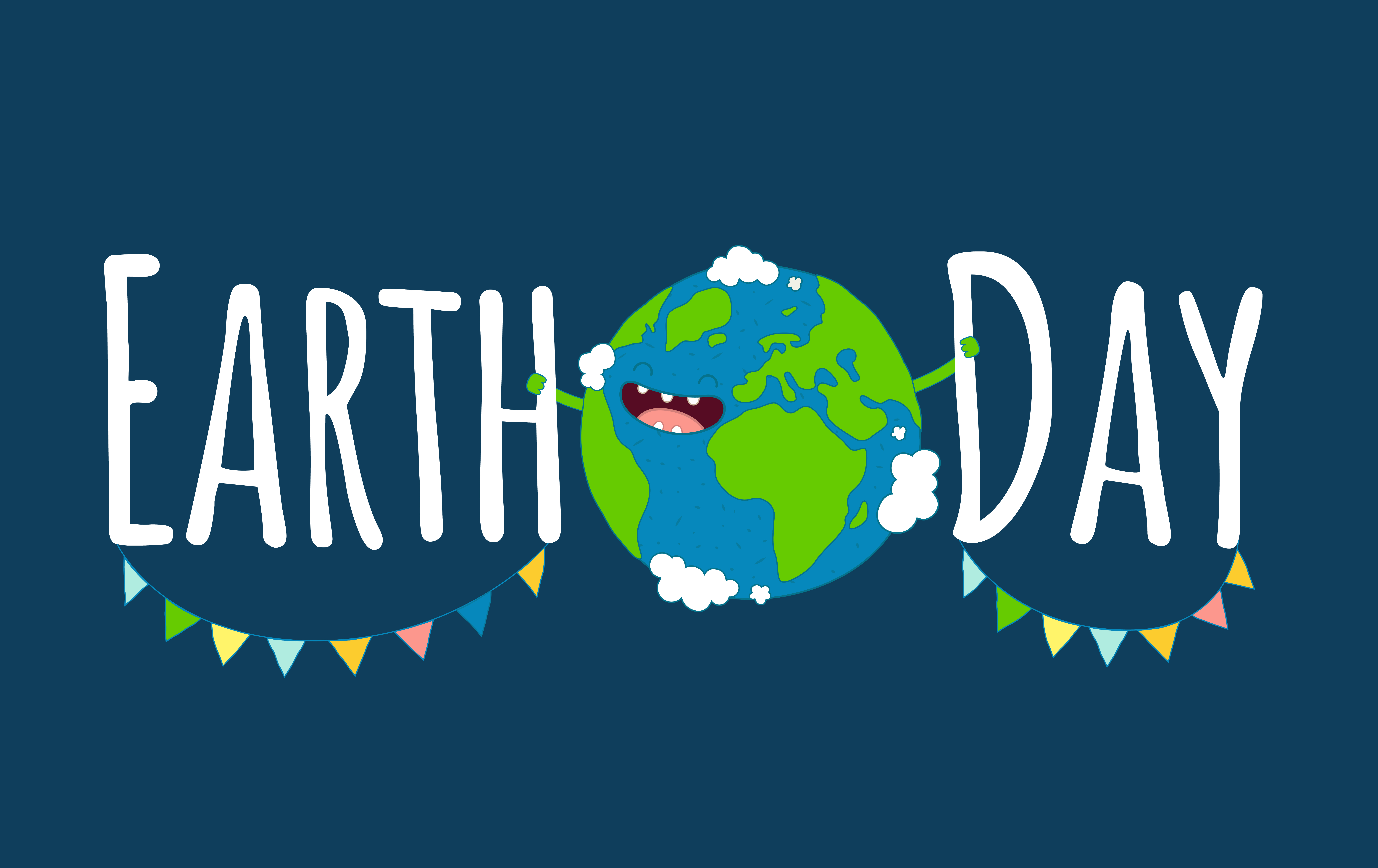Map reading skills Normal Our Planet and Environment Worksheets for Ages 6-7
3 filtered results
-
From - To
Enhance your child's map reading skills with our engaging "Our Planet and Environment" worksheets, designed specifically for ages 6-7. These interactive activities introduce young learners to essential map elements, including symbols, legends, and directions. Easy-to-follow exercises stimulate critical thinking, fostering spatial awareness and geographical knowledge. Your child will explore maps' role in understanding our world and appreciate our environment while developing key skills needed for future learning. These worksheets provide a fun, educational way for children to connect with their surroundings. Make map reading an adventure in learning today with these carefully crafted resources!
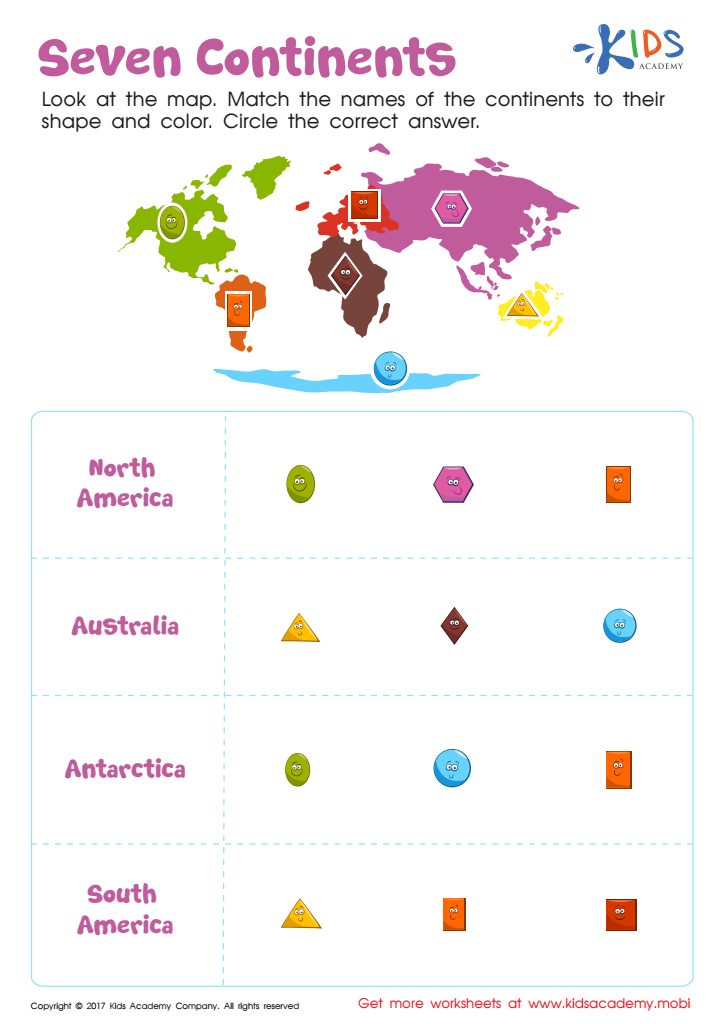

Seven Continents Worksheet
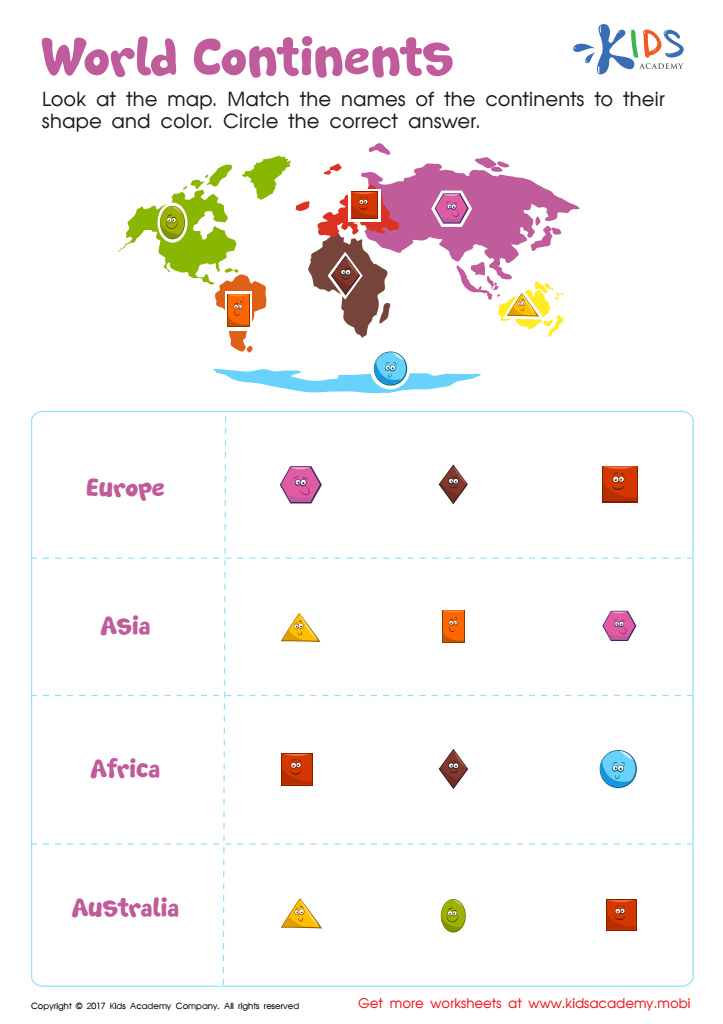

World Continents Worksheet


Maps and Landforms Worksheet
Parents and teachers should prioritize map reading skills for children aged 6-7 due to the growing importance of spatial awareness and environmental literacy in our increasingly complex world. Teaching young learners how to read maps bolsters their understanding of their surroundings, enhancing their ability to navigate and interact with their environment more effectively.
At this age, children are naturally curious, and introducing them to maps can spark an interest in geography, cultures, and the physical world, reinforcing the skill of observing and interpreting information visually. Maps link subjects such as math and science, helping children understand concepts like scale and distance which are foundational for more advanced learning later on.
Additionally, engaging with maps in discussions about our planet can foster a sense of responsibility towards the environment. Children learn about different terrains, ecosystems, and the impact of human activities, building a foundation for eco-consciousness. Ultimately, map reading serves not only as a critical navigational skill but as an essential tool for nurturing informed and responsible future citizens. Thus, supporting this skill in young learners is an investment in their comprehensive development and understanding of the world around them.
 Assign to My Students
Assign to My Students






